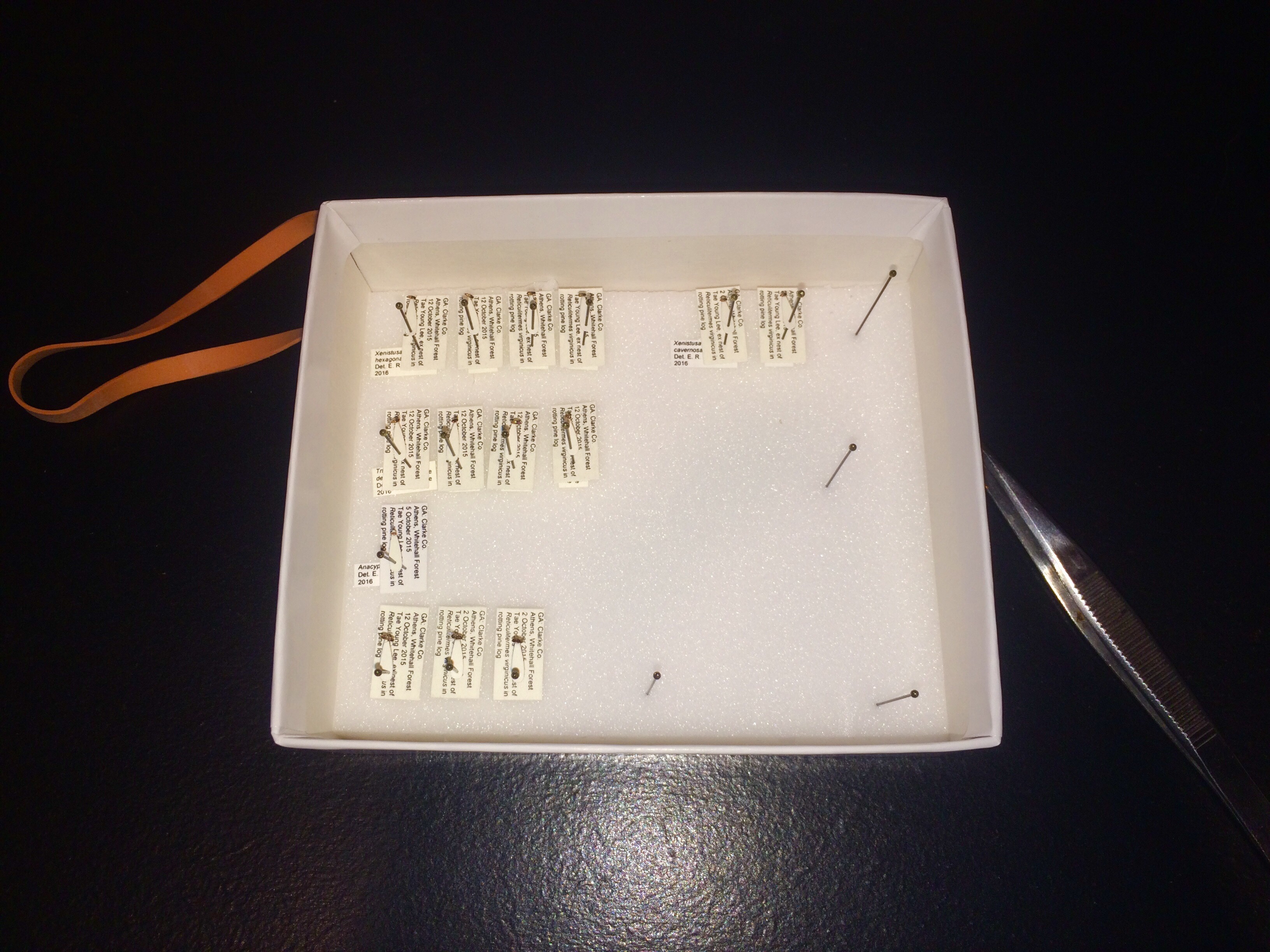Habrocerus capillaricornis for some reason waggles it’s abdomen up and down quite frequently. I have absolutely no idea why, but they do and it’s absolutely adorable.
I had been keeping colony for over five months when I was observing this and took a video, which I just posted a YouTube. Check, check it out, dudes.
Everyone should try and keep ’em. They readily reproduce and super cute.

